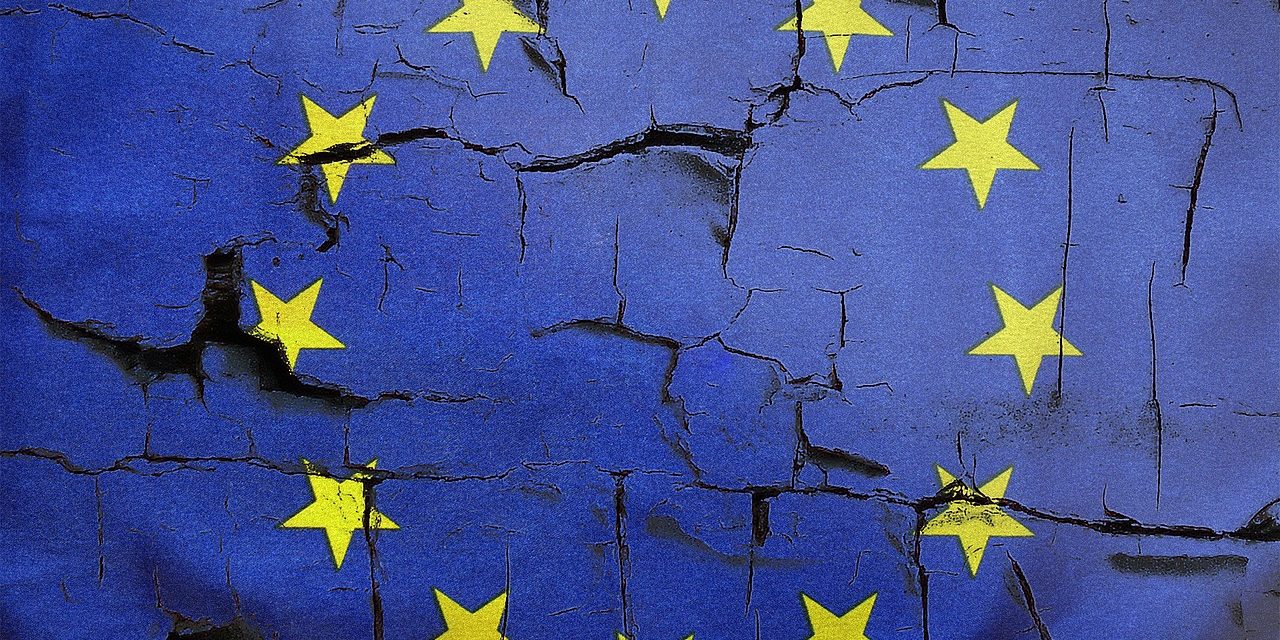The Dynamism of Norway in the Post-Migration Era: Identity and Generational Clash from "Pakkis" by Khalid Hussain to "Hør her'a!" by Gulraiz Sharif
DOI:
https://doi.org/10.13133/2532-1994/17833Keywords:
Norway, Postmigration, Transnationalism, Identity, Generational ClashAbstract
The concept of postmigration proposes to consider the whole society as postmigrant, given that migration has now enormously influenced the social tissue of European countries. It is in fact possible to observe a mutation in European culture from the twentieth century until today, which, precisely as a result of migration, globalization, transnational processes and cultural exchanges, manifests itself in new forms that are worth analysing. The redefinition of both the Norwegian culture and the concept of "Norwegianness" due to the interaction and exchange between different cultures thus fits into a transnational dimension, since it represents a particular case of the more general process of redefinition of European culture. By comparing the two works Pakkis by Khalid Hussain and Hør her'a! by Gulraiz Sharif, written 35 years apart from each other, both having Norwegian-Pakistani teenage protagonists, the intent is to investigate how they differ stylistically (standard Norwegian/multiethnolect) and in the treatment of two specific themes: identity and the sense of belonging on the one hand and the generational clash between parents and children on the other, in order to also highlight the dynamic character of Norwegian society from the twentieth century to our days.
Downloads
Published
Versions
- 2022-04-26 (2)
- 2022-03-31 (1)
How to Cite
Issue
Section
License
Copyright (c) 2022 Transnational 20th Century. Literatures, arts and cultures

This work is licensed under a Creative Commons Attribution 3.0 Unported License.

Except where otherwise noted, the content of this site is licensed under a Creative Commons Attribution 3.0 Unported License.


